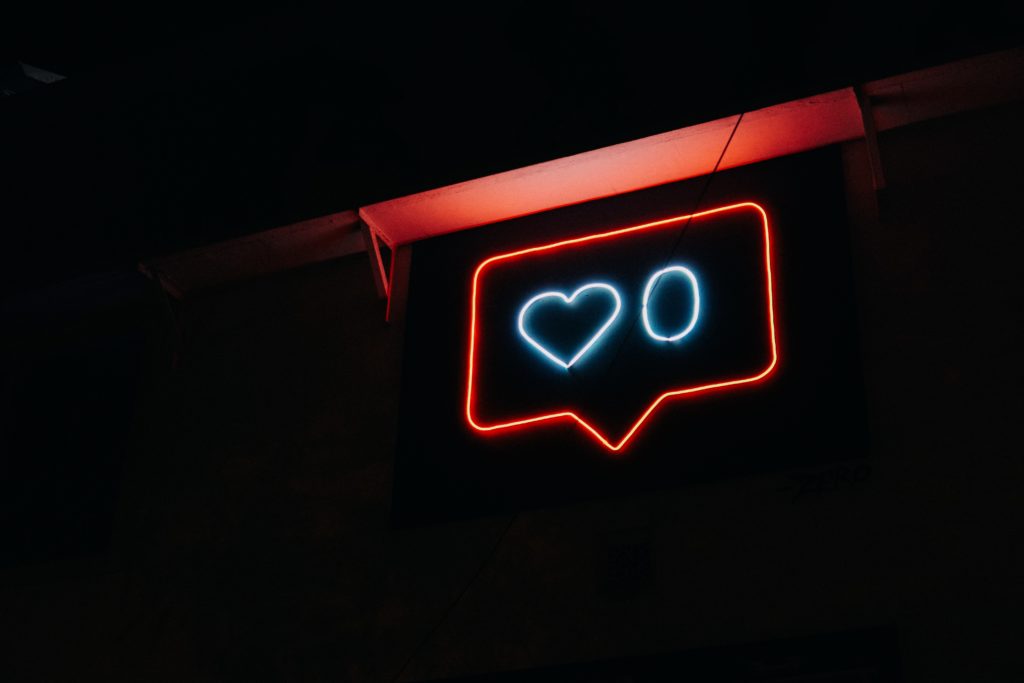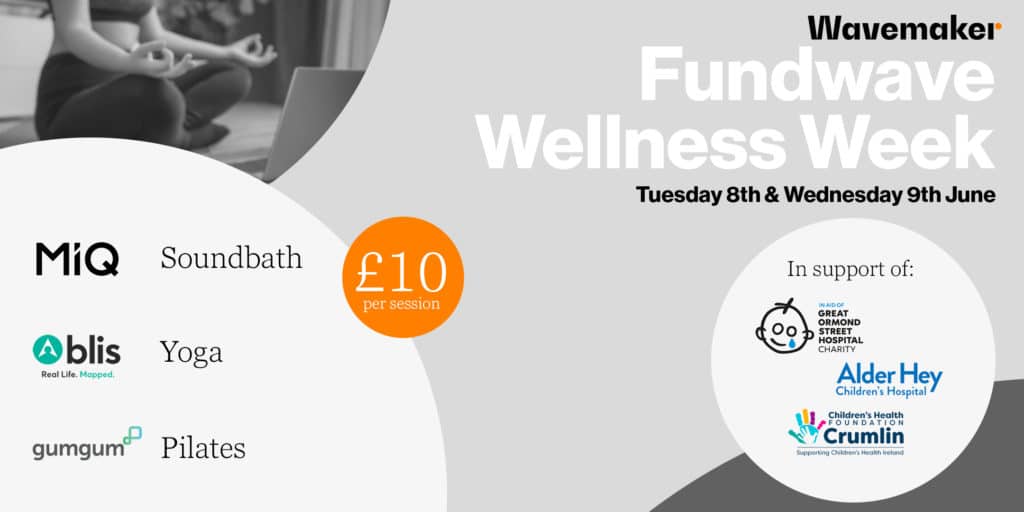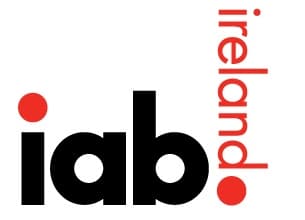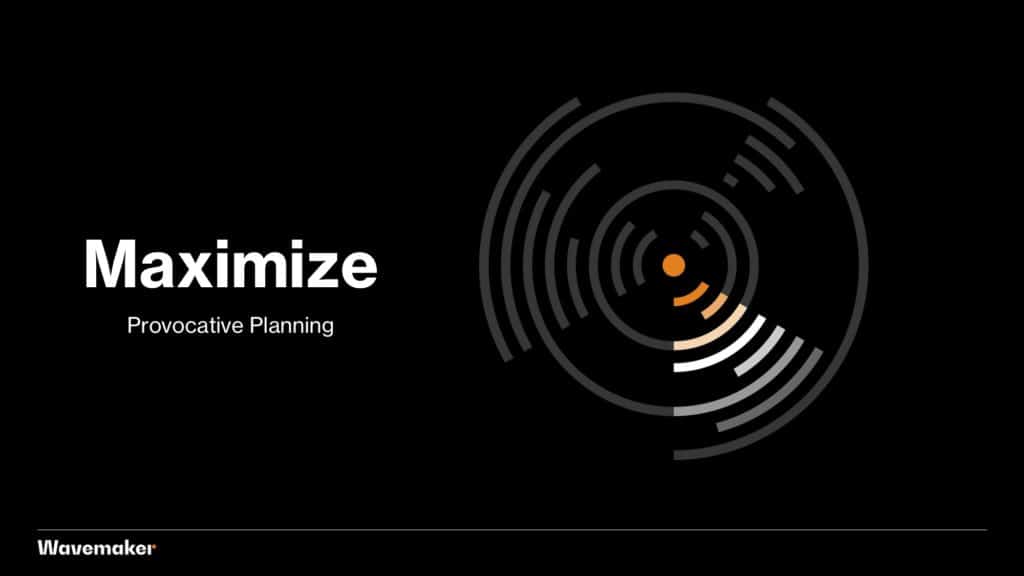Many of the efforts of marketers in recent years (enabled and empowered by technology) have been to remove friction from the consumer and brand experience. Friction is typically characterised as anything that slows down the Purchase Journey, but it can in fact take many forms and live in many places between the brand and consumer, from how the brand is purchased, how the brand is used and how the brand communicates.
 Removing too much friction is dangerous. Without any friction between brand and consumer, a brand risks becoming marginalised to the point of obscurity, lost in a rash of buy-it-now buttons and algorithm optimisation, and in the process handing power to intermediaries, aggregators and distributors of content, products and services.
Removing too much friction is dangerous. Without any friction between brand and consumer, a brand risks becoming marginalised to the point of obscurity, lost in a rash of buy-it-now buttons and algorithm optimisation, and in the process handing power to intermediaries, aggregators and distributors of content, products and services.
Removing friction turns brands into commodities: A degree of friction brings untold benefits.
How does friction benefit brands?
- Authentic discovery is integral to the connections brands build with people (see vinyl records’ growth in the face of algorithm-driven recommendations). The Yerkes-Dodson law is an empirical relationship between arousal and performance which dictates that performance increases with physiological or mental arousal (friction) before falling away. Visiting a store is a rewarding past time whilst shopping online can be a transactional chore.
- Encounters that have friction are more rewarding. The Betty Crocker ‘egg’ case study from the 1950s is well known and, until it was removed, Google’s ‘I’m feeling lucky’ button accounted for 1% of all searches. Removing too much friction removes conscious thinking and leads to a feeling of let-down.
- Taking out friction creates conformity. Leaving brands to compete solely on distribution, convenience and price: winners are those who get their product, service or message to consumers with the minimum effort and interaction.
- Friction respects consumers’ data. In many cases, removing friction requires a level of personal data often harvested by brands with little or no consumer involvement or permission – the data is produced for free, accidentally, by the interaction of buyer and seller.
- Frictionless connections are indiscriminate. They rely on algorithms, which are essentially thoughtless. The story of the Minnesota father who found out about his daughter’s pregnancy when a department store started mailing her coupons based on an algorithm that detected changes in her shopping behaviour has entered marketing folklore.
Why is friction more important than ever for brands?
One word. Covid. The last 12 months, and counting, have seen brands hasten, unintended or not, the removal of friction from the way they are encountered and experienced.
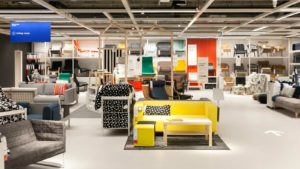
- An obvious by-product of the pandemic, ecommerce has, by design, less friction within it. While an IKEA store is designed to get you to the checkout as slowly as possible, their approach to ecommerce is the polar opposite. Choice is often outsourced to an algorithm which can, in one equation, bypass years of carefully cultivated brand stock.
- Contactless is now much more than a literal term to describe a payment interface. It is a metaphor for the way people behave around the Purchase Journey. Advertising is scrolled past (it’s interesting that we watch TV, read magazines but scroll through feeds), sound off. Products are ordered on screens not picked up from the shelf. Packaging comes as pixels not cartons. Delivery is tracked from the living room sofa and left in a safe place. Coffees are now consumed on subscription. What role does an ornate beer pump handle play when the drinker orders their pint from an app at their table? The last 12 months has seen an acceleration in people’s detachment from each other and the physical world and, ergo, many of the ‘scraps and straws’ that give a brand meaning.
- The economic downturn has, and will, divert attention and investment into winning the bottom of the funnel. With marketing budgets squeezed, shareholders hungry for a return to returns and ever-more transactions happening in the digital space, it is inevitable that the shift to lower funnel tactics which remove friction from the experience (search, ecommerce, affiliates etc) will speed up.
What should marketers do?
- Use friction to engineer random collisions with consumers. Algorithms that underpin frictionless connections constantly refine themselves as they learn, perpetually narrowing the focus of the brand. This should be balanced out with communication activities that broaden the encounters a brand has with people – different places, spaces and consumer profiles.
- Generate meaningful friction. Think hard about where your brand exists in peoples’ lives and their needs in these spaces. How can you be additive, be useful? Not invisible and ignored.
- Inject some friction into the transaction. Not too much, but enough that your brand stands out, that its experience feels unique or talk-worthy. A fresh spin on your packaging, a CRM approach that feels like it cares rather than just tease out a review.

- Bake friction into the brand-building process. Engineer random encounters in the new distanced and virtual reality. Acknowledge people’s nuances: removing friction turns life into a database, but this is a degradation of reality. People are much more like clouds than asteroids. To predict the course of an asteroid, the more measurements you make, the better you are at pinning down its track. Weather on the other hand is chaotic. Even a minuscule change at one place and time can lead to a vastly different outcome.
Who’s doing it well?
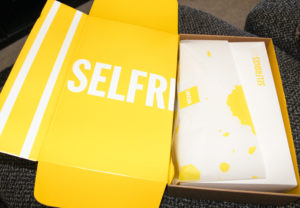 In the online shopping boom, brands are joining a sea of sameness in the form of brown cardboard boxes on people’s doorsteps. Selfridges has countered this by heavily branding the inside of their boxes with their distinctive yellow – adding a bit of friction into the experience of receiving and opening the parcel (and cleverly avoiding spoiling any gift purchases).
In the online shopping boom, brands are joining a sea of sameness in the form of brown cardboard boxes on people’s doorsteps. Selfridges has countered this by heavily branding the inside of their boxes with their distinctive yellow – adding a bit of friction into the experience of receiving and opening the parcel (and cleverly avoiding spoiling any gift purchases).
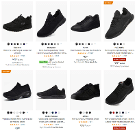 Amazon is the temple of convenience, removing every last iota of friction from the shopping experience. Nike don’t like this and have delisted from the platform (and others) so that they can deliver a more meaningful consumer experience, not just the most convenient.
Amazon is the temple of convenience, removing every last iota of friction from the shopping experience. Nike don’t like this and have delisted from the platform (and others) so that they can deliver a more meaningful consumer experience, not just the most convenient.
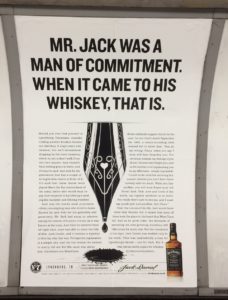 Jack Daniels has consistently used their media placements to create a small moment of friction in how their brand is encountered, using long form copy to turn a moment of boredom into entertainment as people wait for their metro train to arrive.
Jack Daniels has consistently used their media placements to create a small moment of friction in how their brand is encountered, using long form copy to turn a moment of boredom into entertainment as people wait for their metro train to arrive.
Positive friction
To win and grow, brands must achieve the perfect balance of friction and friction-free. Embracing the potential of a post-CoVid world, but also ensuring the retention of positive friction in their consumer connections. The strongest brands in the future will be those that get this balance right. Those that don’t risk being marginalised into insignificance.
 Chris Worrell, Head of Strategy, Worldwide
Chris Worrell, Head of Strategy, Worldwide
